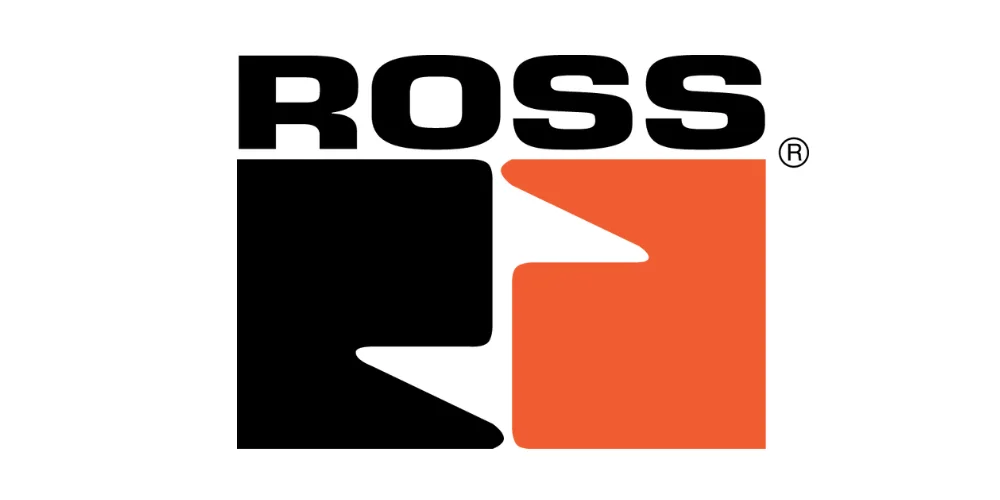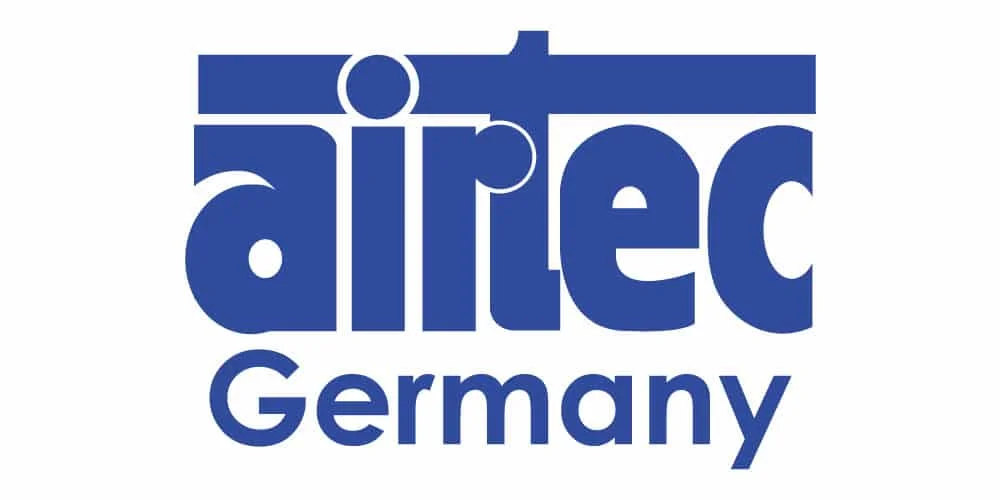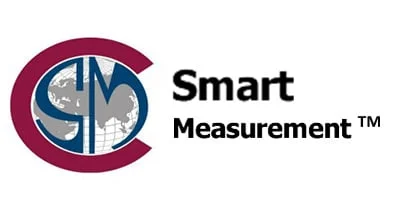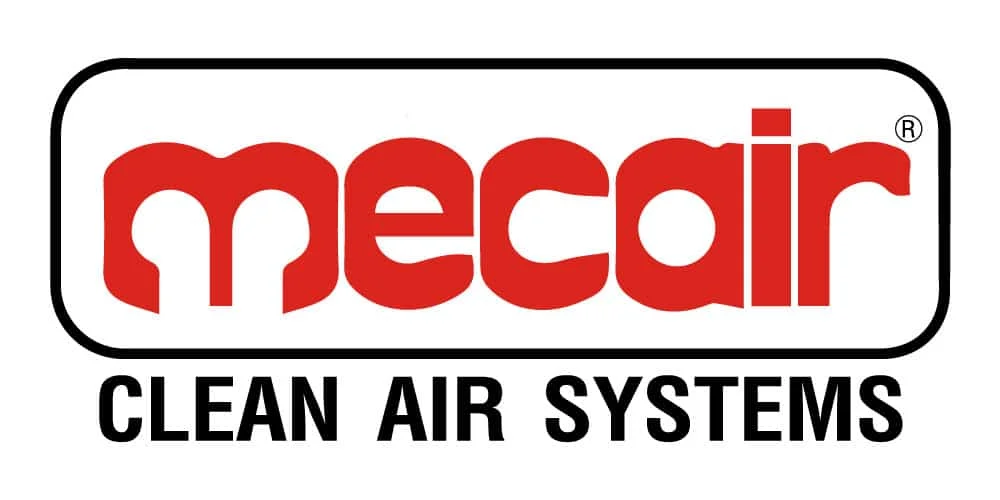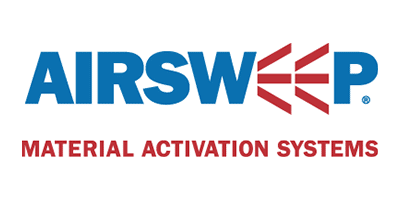Burkert Industries & Solutions > Energy > Hydrogen solenoid valves for your H₂ applications
โซลินอยด์วาล์วไฮโดรเจนสำหรับแอพพลิเคชั่นไฮโดรเจน (H₂) ของคุณ
วาล์วมีบทบาทสำคัญในแอพพลิเคชั่นไฮโดรเจน ความหลากหลายของวาล์วที่ถูกใช้ในการใช้งานประเภทนี้น่าประทับใจมาก ตั้งแต่วาล์วปิด (Simple Shut-off valves) แบบธรรมดา โซลินอยด์วาล์วไฮโดรเจน ไปจนถึงตัวควบคุมการไหล (Precise Flow Controllers) ที่แม่นยำ ซึ่งทั้งหมดนี้ต้องมีความปลอดภัย ความน่าเชื่อถือ และประสิทธิภาพ ตั้งแต่การผลิตไฮโดรเจนไปจนถึงเทคโนโลยีเซลล์เชื้อเพลิง การเลือกและการใช้งานที่ถูกต้อง ของวาล์วเหล่านี้มีความสำคัญต่อความสำเร็จในแอพพลิเคชั่นไฮโดรเจน (Hydrogen Application) ตั้งแต่การผลิตไฮโดรเจนไปจนถึงเทคโนโลยีเซลล์เชื้อเพลิง การเลือกและการใช้งานวาล์วเหล่านี้อย่างถูกต้องถือเป็นสิ่งสำคัญต่อความสำเร็จใน
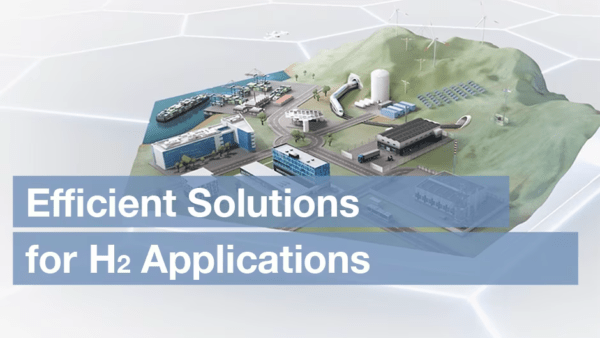
โซลินอยด์วาล์วสำหรับแอพพลิเคชั่นไฮโดรเจน
Solenoid Valves for Hydrogen Applications
โซลินอยด์วาล์วไฮโดรเจน มีความสำคัญอย่างยิ่งต่อการผลิตและการใช้งานไฮโดรเจนอย่างมีประสิทธิภาพ การเลือกโซลินอยด์วาล์วที่เหมาะสมสำหรับการใช้งานเฉพาะจุดจึงสําคัญอย่างมาก เพราะจากภายนอก กลไกต่างๆ ของโซลินอยด์วาล์วไม่สามารถมองเห็นได้ด้วยตาเปล่าได้
โซลินอยด์วาล์วแต่ลละแบบต่างกันอย่างไร
วาล์วโซลินอยด์ควบคุมวาล์วนำร่องหรือไพลอทวาล์ว ซึ่งจะควบคุมการทำงานของวาล์วหลักตามลำดับ
The solenoid valve controls a pilot valve, which in turn controls the operation of the main valve.
- เหมาะสำหรับแอพพลิเคชั่นที่มีความต่างของแรงดันสูง (Suitable for use in applications with significant pressure differentials)
- สามารถรองรับแรงดันและอัตราการไหลปริมาณที่สูงขึ้นได้ (Capable of handling higher pressures and volume flow rates)
วาล์วจะปิดตามปกติเมื่อไม่มีพลังงานและจะเปิดเมื่อมีพลังงาน
The valve is normally closed when not energized and opens when energized.
- ในกรณีที่ไฟฟ้าดับโซลินอยด์วาล์วไฮโดรเจน จะปิดโดยอัตโนมัติเพื่อหยุดการไหลของไฮโดรเจน (In the event of a power failure, the valve automatically closes, halting the flow of hydrogen)
- ออกแบบมาโดยคำนึงถึงความปลอดภัยเป็นหลัก เช่น การปิดการไหลของก๊าซหรือของเหลวในกรณีที่ไฟฟ้าดับ (Designed for safety applications, such as shutting off gas or liquid flow in case of power loss)
วาล์วจะเปิดตามปกติเมื่อไม่มีพลังงานและจะปิดเมื่อมีพลังงาน
The valve is normally open when not energized and closes when energized.
- ใช้ในแอปพลิเคชันที่จำเป็นต้องหยุดการไหลของไฮโดรเจนเมื่อไฟถูกจ่าย (Used in applications where the flow of hydrogen needs to be interrupted when power is applied)
- เหมาะอย่างยิ่งสำหรับแอปพลิเคชันที่สถานะเริ่มต้นคือเปิด เช่น เพื่อให้ของเหลวหรือก๊าซไหลได้ในกรณีที่ไฟฟ้าดับ (Ideal for applications where the default state is open, for example, to allow the flow of liquids or gas in the event of a power outage)
ควบคุมการไหลของของเหลวหรือก๊าซชนิดเดียวระหว่างพอร์ตทางเข้าและทางออก
Controls the flow of a single liquid or gas between the inlet and outlet ports.
- เหมาะสำหรับการใช้งานไฮโดรเจนที่ต้องการการควบคุมการเปิด/ปิด เช่น การกำหนดทิศทางการไหลของไฮโดรเจนไปยังตำแหน่งที่กำหนด (Ideal for hydrogen applications requiring on/off control, such as directing hydrogen flow to a specific location)
- ใช้เป็นการควบคุมการเปิด/ปิดในระบบที่เรียบง่าย (Used as an on/off control in simple systems)
สามารถควบคุมการไหลระหว่างพอร์ตทางเข้าและพอร์ตทางออกหนึ่งพอร์ตหรือปิดพอร์ตทางออกทั้งสองพอร์ตได้
Controls the flow of a single liquid or gas between the inlet and outlet ports.
- ใช้เมื่อจำเป็นต้องมีการเปลี่ยนเส้นทาง การผสม หรือการจ่ายไฮโดรเจนหรือกระแสก๊าซ (Used when redirection, mixing, or distribution of hydrogen or gas streams is required)
- เหมาะสำหรับใช้งานกับทั้งของเหลวและก๊าซ (Suitable for both liquids and gases)
ใช้ไดอะแฟรมที่มีความยืดหยุ่นเพื่อควบคุมการเปิดและปิดวาล์ว
Utilizes a flexible diaphragm to control the opening and closing of the valve.
- การแยกระหว่างส่วนประกอบโซลินอยด์และการไหลของไฮโดรเจน(Isolation between the solenoid components and the hydrogen flow)
- เหมาะอย่างยิ่งสำหรับการควบคุมของเหลวที่กัดกร่อนหรือปนเปื้อน เนื่องจากไดอะแฟรมจะแยกโซลินอยด์ออกจากของเหลว (Ideal for controlling corrosive or contaminated liquids, as the diaphragm separates the solenoid from the liquid)
สถานการณ์พิเศษของแอพพลิเคชั่นไฮโดรเจนต้องพิจารณาอะไรบ้าง

Why does backflow prevention in valves protect against unintended gas leakage?
In gas system operations, pressure differentials can often occur at the valve, resulting in a higher pressure at the valve outlet than at the inlet. A so-called back pressure (pressure higher at the outlet than at the inlet) can cause the valve to open against the flow or inadvertently slow down the closing process. Direct-acting or force pilot operated valves provide greater back-pressure safety thanks to their strong closing springs. The EN 161 standard offers a good grounding in the subject of back-pressure safety and valve classes.

What is the relationship between the ambient temperatures and the performance of your system?
In many applications, the ambient temperature plays a less significant role. If the ambient temperature rises above 50 °C, you should examine whether the solenoid valve is appropriate for these temperatures on an ongoing basis. The copper winding of the coil reacts to increasing temperature with an “increased” resistance. This then means a reduction in output and performance. In confined spaces, and with sound insulation and functional protection of hydrogen systems, heat build-up can lead to a reduction in performance and therefore functional limitations.

Why is the explosion protection of components so important for your safety?
The compact design of stationary fuel cells as well as their close proximity to the stack can lead to two challenges. On the one hand, there is the ambient temperature, which is higher than usual, and on the other hand, the large number of process interfaces. Each interface, by itself, represents a small potential hydrogen leak, the consequence of which can be accumulation of hydrogen. Because of the diffusion and temperature aspects, customers and/or testing authorities often define stack control as ATEX Zone 1 or Category 2.

How do the temperatures develop during compression and expansion of hydrogen?
The Joule-Thomson effect is a physical phenomenon that occurs when a gas expands through a choke without exchanging heat with its environment. This leads to a temperature change in the gas. With the Joule-Thomson effect, a gas can either increase or decrease in temperature, depending on its Joule-Thomson coefficient, for which the starting point is the inversion temperature of the gas. In the case of hydrogen, the inversion temperature is > -80 °C. Hydrogen therefore warms during expansion.

What is the relationship between system cleanliness and valve tightness?
Particles inside the system can lead to unintended leaks. Regardless of whether the hydrogen is pure, the system must be cleaned and purged before start-up. Even the smallest of particles damage not only the stack, but also the hard but sensitive seal surfaces of the valve seats. To prevent upstream contamination during refueling or servicing, install filters in the systems.
จะรู้ได้อย่างไรว่าโซลินอยด์วาล์วตัวใดที่เหมาะกับการใช้งานไฮโดรเจนของนั้นๆ
โซลินอยด์วาล์วไฮโดรเจน ที่ใช้ในงานในแอพพลิเคชั่นไฮโดรเจนต้องมีคุณสมบัติเฉพาะที่หลากหลาย ซึ่งหมายความว่าการเลือกวาล์วที่เหมาะสมที่สุดนั้นไม่ใช่เรื่องง่ายเสมอไป ฟลูเทคได้ระบุเกณฑ์ที่สำคัญที่สุดเพื่อช่วยให้คุณเลือกโซลินอยด์วาล์วที่เหมาะสมสำหรับการใช้งานของคุณไว้ด้านล่างนี้
- ช่วงความดัน (Pressure Ranges)
- เวลาปฏิกิริยา (Reaction Times)
- การใช้พลังงาน (Energy Consumption)
- ประเภทการเชื่อมต่อ (Connection Types)
- อุณหภูมิของตัวกลาง (Media Temperature)
- อัตราการไหลของปริมาตร (Volume Flow Rates)
- ความเข้ากันได้ของวัสดุ (Materials Compatibility)
- ใบรับรองและใบอนุมัติ (Certifications and Approvals)
- อายุการใช้งานและรอบการสลับ (Service Life and Switching Cycles)

อ้างอิง: Bürkert Thailand


